
From the song that perfectly matches your mood to the fraud alert that saves you from a financial headache, a powerful and invisible force is at play. This force, Machine Learning (ML), is the silent architect behind some of the most profound technological advancements of our time. It’s not just a buzzword confined to academic papers; it's a practical, world-changing technology that is actively reshaping industries, creating new possibilities, and defining the future of human experience.
This article pulls back the curtain on the complex world of Machine Learning. We'll journey through its fundamental concepts, explore its most stunning real-world applications, and map out a clear pathway for you to become a recognized expert in this exhilarating field. Whether you're a curious enthusiast or an aspiring professional, you'll gain a deeper appreciation for how algorithms are learning to see, hear, and understand the world around us.
What is Machine Learning (ML)?
At its core, Machine Learning is a subfield of artificial intelligence (AI) that gives computers the ability to learn and improve from experience without being explicitly programmed. Think of it like teaching a child. You don't write a long list of rules to help them recognize a cat. Instead, you show them pictures of various cats. Over time, the child's brain identifies patterns—whiskers, pointy ears, fur—and learns to identify cats it has never seen before.
Machine Learning models do the same, but with data. They are "trained" on vast datasets to recognize intricate patterns, make predictions, and drive intelligent decisions. The process generally involves three key components:
- Data: The fuel for any ML model. The more relevant and high-quality the data, the better the model's performance.
- Algorithm: The mathematical engine that processes the data to find patterns. Different algorithms are suited for different tasks.
- Model: The output of the training process. It's the "brain" that has learned from the data and can now make predictions on new, unseen information.
ML is broadly categorized into three main types:
Supervised Learning: The model learns from labeled data, meaning each data point is tagged with a correct outcome. It's like learning with an answer key. This is used for tasks like spam detection (email is labeled 'spam' or 'not spam') and image classification.
Unsupervised Learning: The model works with unlabeled data and must find patterns or structures on its own. It's like being given a box of mixed Lego bricks and asked to sort them by color and shape without prior instructions. This is useful for customer segmentation and anomaly detection.
Reinforcement Learning: The model learns by interacting with an environment. It receives rewards for correct actions and penalties for incorrect ones, much like training a pet. This is the powerhouse behind self-driving cars, robotics, and complex game-playing AIs.
Applications of Machine Learning
The true power of Machine Learning is revealed not in its definitions but in its diverse and impactful applications across every conceivable sector. Let's explore some of the most transformative areas where ML is making a significant difference.
Healthcare and Medical Diagnosis
Machine Learning is ushering in a new era of proactive and personalized healthcare. By analyzing complex medical data at a scale impossible for humans, algorithms are becoming indispensable tools for clinicians.
- Medical Imaging Analysis: ML models, particularly deep learning networks, can analyze MRIs, CT scans, and X-rays with remarkable accuracy. They can detect signs of cancers, diabetic retinopathy, and neurological disorders at their earliest stages, sometimes even before they are visible to the human eye. This leads to earlier intervention and significantly better patient outcomes.
- Predictive Analytics for Disease: By processing vast datasets of public health information, genetic data, and lifestyle factors, ML algorithms can predict disease outbreaks, identify at-risk populations, and forecast the progression of illnesses like Alzheimer's. This allows healthcare systems to allocate resources more effectively and move from reactive to preventative care.
- Drug Discovery and Development: The traditional drug discovery process is incredibly long and expensive. Machine Learning accelerates this by analyzing biological data to identify promising drug candidates, predict their effectiveness, and simulate clinical trials, drastically reducing the time and cost required to bring life-saving medications to market.
Smart Assistants and Human-Machine Interaction
The way we interact with technology has been fundamentally changed by Machine Learning. Virtual assistants like Siri, Alexa, and Google Assistant are no longer simple command-and-response tools.
At the heart of these assistants is Natural Language Processing (NLP), a branch of ML that allows machines to understand, interpret, and generate human language. When you ask your smart speaker for the weather, an NLP model:
Converts your speech to text.
Determines the intent behind your words (you want a weather forecast).
Extracts key entities (your location, the desired time frame).
Fetches the relevant information and synthesizes a natural-sounding spoken response.
This same technology powers customer service chatbots that can handle thousands of queries simultaneously, translation services that break down language barriers in real-time, and sentiment analysis tools that help businesses understand public opinion by analyzing social media data.
Personalized Recommendations and User Experience
Ever wonder how Netflix knows exactly which movie you'll want to watch next, or how Amazon suggests products you suddenly realize you need? The answer is sophisticated Machine Learning recommendation engines.
These systems work primarily in two ways:
- Collaborative Filtering: This method analyzes your past behavior (items you've purchased, movies you've rated) and compares it to the behavior of millions of other users. It then recommends items that "similar" users have enjoyed.
- Content-Based Filtering: This approach focuses on the attributes of the items themselves. If you consistently watch science-fiction movies starring a particular actor, it will recommend other movies with those same attributes.
These engines are the lifeblood of the modern digital economy. They drive user engagement, increase sales, and create a stickier, more personalized experience that keeps users coming back.
Fraud Detection and Financial Forecasting
In the financial world, where transactions occur in milliseconds, Machine Learning is a critical line of defense. Traditional rule-based systems are no longer sufficient to combat sophisticated fraud schemes.
ML algorithms excel at anomaly detection. They learn the normal spending patterns for an individual—typical merchants, transaction amounts, locations, and times. When a transaction occurs that deviates significantly from this learned pattern (e.g., a large purchase in a foreign country at 3 AM), the system flags it in real-time as potentially fraudulent and can block it or alert the user.
Beyond security, ML is used extensively in:
- Algorithmic Trading: Models analyze market data to predict stock price movements and execute trades at optimal times.
- Credit Scoring: ML provides a more nuanced assessment of credit risk by analyzing hundreds of variables beyond a traditional credit report.
- Economic Forecasting: By analyzing a wide array of economic indicators, ML models can predict market trends, inflation rates, and GDP growth with increasing accuracy.
Autonomous Vehicles and Smart Mobility
Perhaps the most futuristic application of Machine Learning is in the development of autonomous vehicles. A self-driving car is essentially a high-powered data processing center on wheels, relying on a suite of ML techniques to navigate the world safely.
- Computer Vision: ML models process real-time video feeds from cameras to identify pedestrians, other vehicles, traffic signs, and lane markings.
- Sensor Fusion: Data from multiple sensors (like LiDAR, radar, and GPS) are combined by ML algorithms to create a comprehensive, 360-degree understanding of the car's environment.
- Reinforcement Learning: The car's driving "policy" is refined through millions of miles of simulated driving, where the model is rewarded for safe and efficient decisions and penalized for errors.
Beyond individual cars, Machine Learning optimizes urban mobility by predicting traffic patterns to power apps like Google Maps and Waze, managing public transit schedules, and designing more efficient smart city infrastructures.
Machine Learning Professional Certification
With such transformative applications, the demand for skilled Machine Learning professionals has exploded. Companies across all sectors are searching for experts who can build, deploy, and manage ML models to solve real-world business problems. But in a competitive job market, how do you validate your skills and prove you have what it takes?
This is where professional certification becomes invaluable. The Databricks Certified Machine Learning Professional certification is designed to recognize individuals with advanced expertise in using the Databricks platform for the entire ML lifecycle, from data preparation and model training to deployment and monitoring. Databricks has become a cornerstone of modern data architecture with its Lakehouse Platform, which unifies data warehousing and data lakes, making it a critical skill set for any serious ML practitioner. For a complete overview of the exam objectives, you can consult the official Databricks certification guide.
The path to certification, however, can be daunting. The sheer volume of material, the pressure of a timed exam, and the fear of failure are real anxieties that every candidate faces. Knowing the concepts is one thing; applying them under pressure is another entirely.
This is where targeted, strategic preparation makes all the difference. To bridge the gap between knowledge and exam-readiness, candidates need resources that mirror the actual test environment. Platforms like Certfun are designed specifically to alleviate this stress. They offer comprehensive practice exams for the Databricks Certified Machine Learning Professional that simulate the real test format, question types, and difficulty level. By engaging with these practice tests, you can:
- Identify Knowledge Gaps: Pinpoint the exact topics where you need more review.
- Build Confidence: Become familiar with the exam structure, reducing anxiety on the test day.
- Master Time Management: Practice answering questions within the allotted time to improve your pacing.
- Reinforce Learning: Solidify your understanding of key concepts related to experimental tracking with MLflow, advanced model selection, and scaling with Spark ML.
Investing in high-quality practice exams transforms your preparation from passive reading to active problem-solving, dramatically increasing your chances of success.
Summary
Machine Learning is far more than a technological trend; it is a fundamental shift in how we solve problems and interact with the world. From making healthcare more predictive and personalized to securing our financial systems and paving the way for autonomous mobility, its applications are as diverse as they are profound. The underlying principle remains the same: harnessing the power of data to learn, adapt, and make intelligent decisions.
As this technology continues to evolve, the need for skilled professionals who can navigate its complexities will only grow. Pursuing a certification like the Databricks Certified Machine Learning Professional is a decisive step toward a rewarding career at the forefront of innovation. With the right knowledge and strategic preparation, you can become one of the architects building a smarter, more efficient, and more connected future.


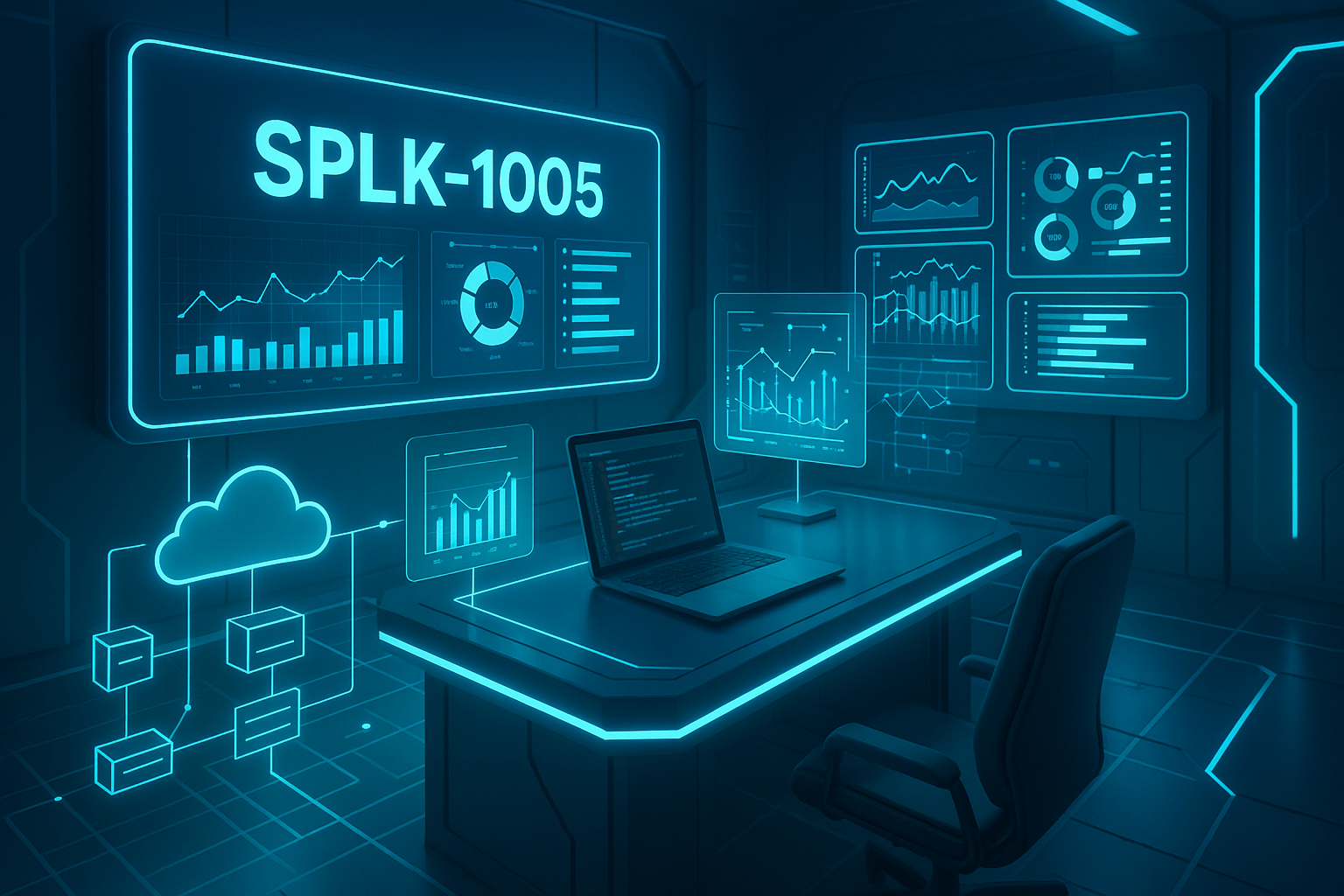
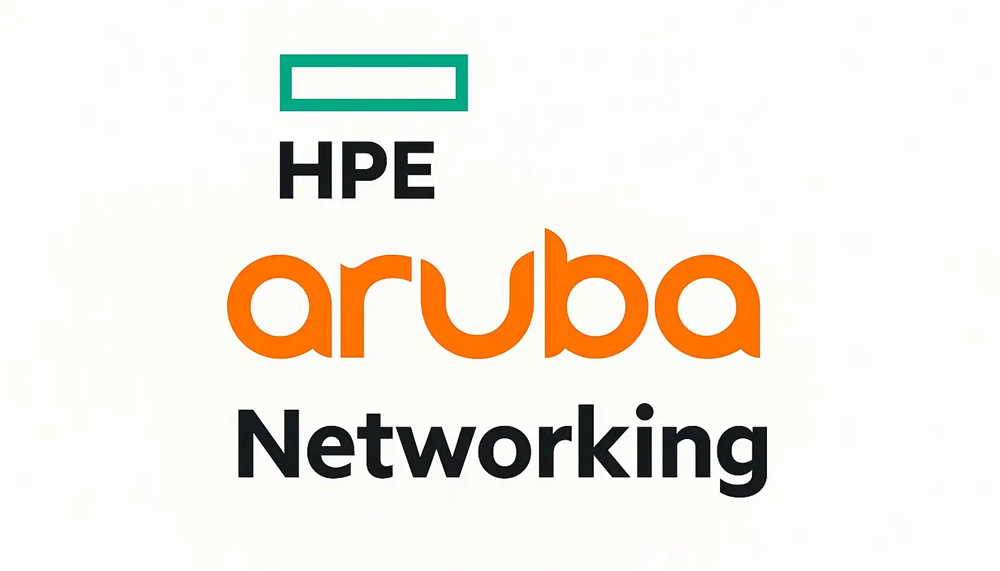
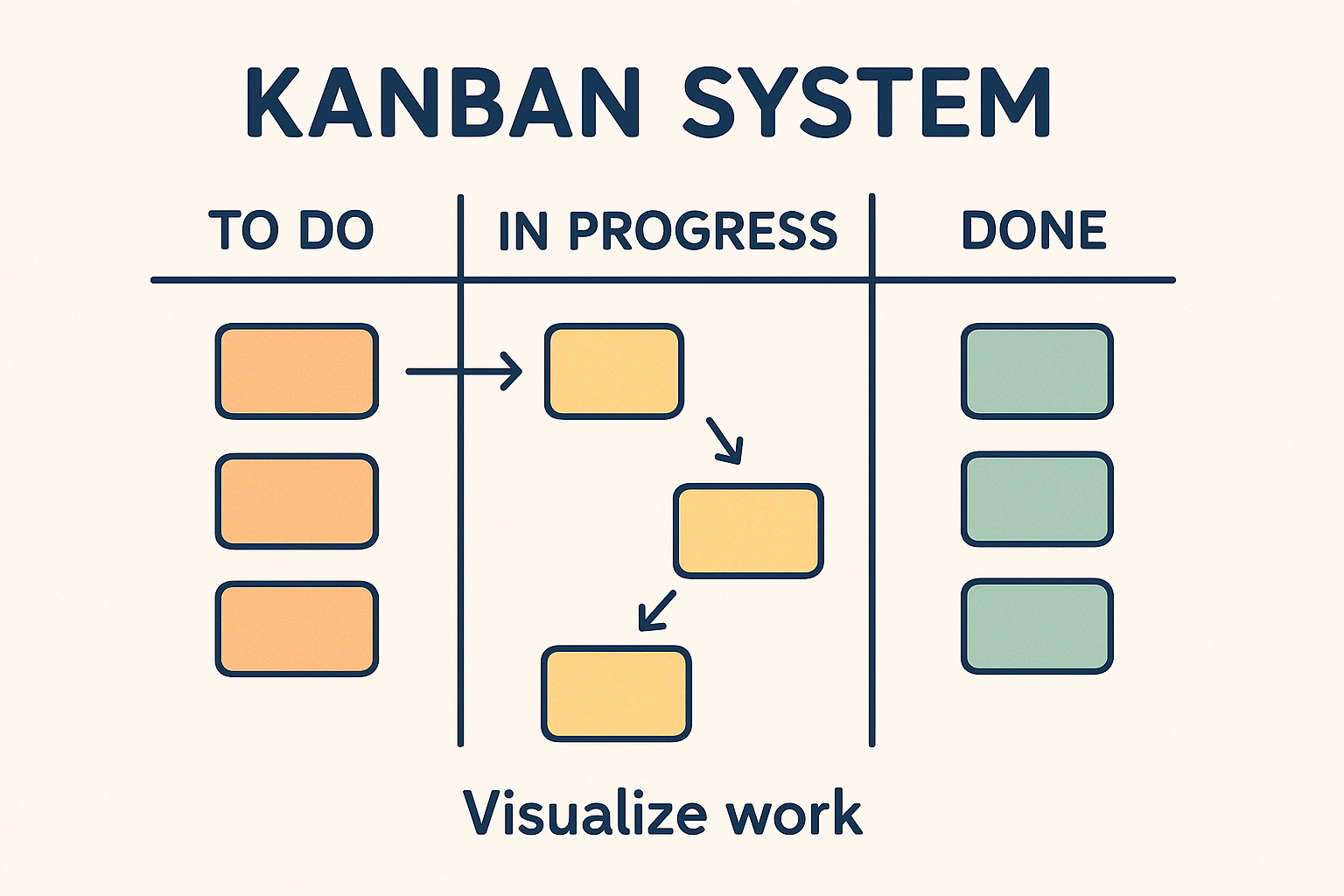
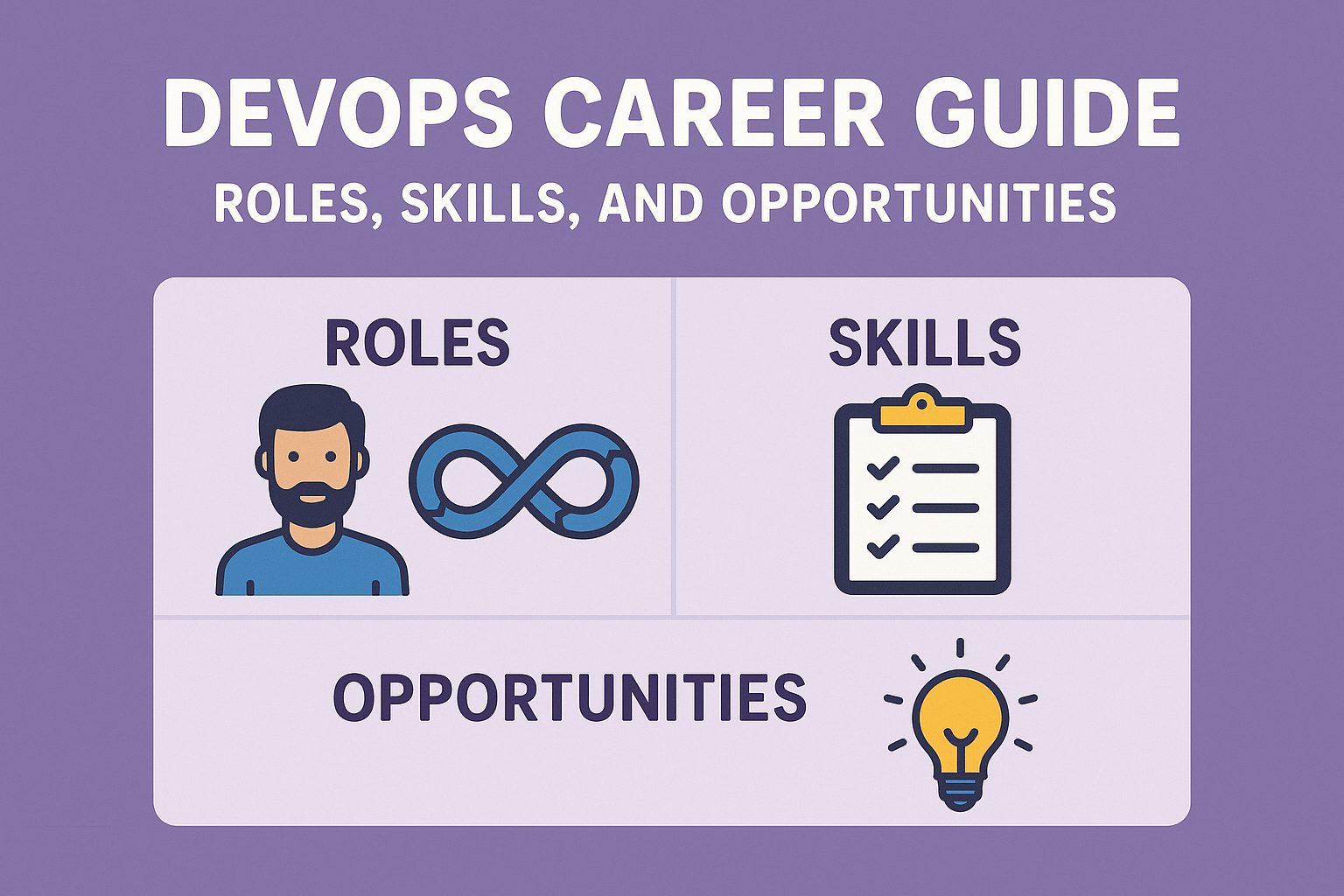

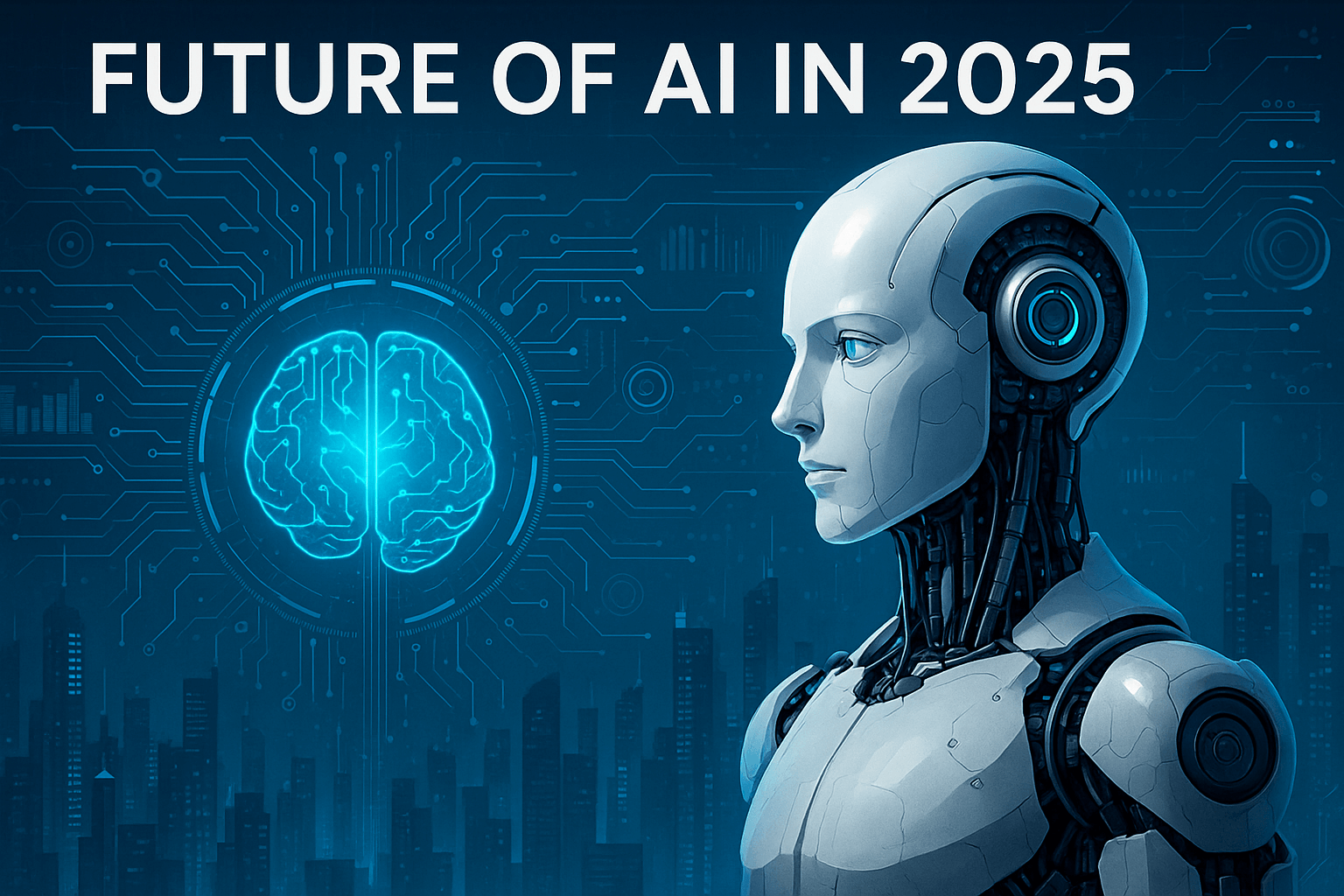
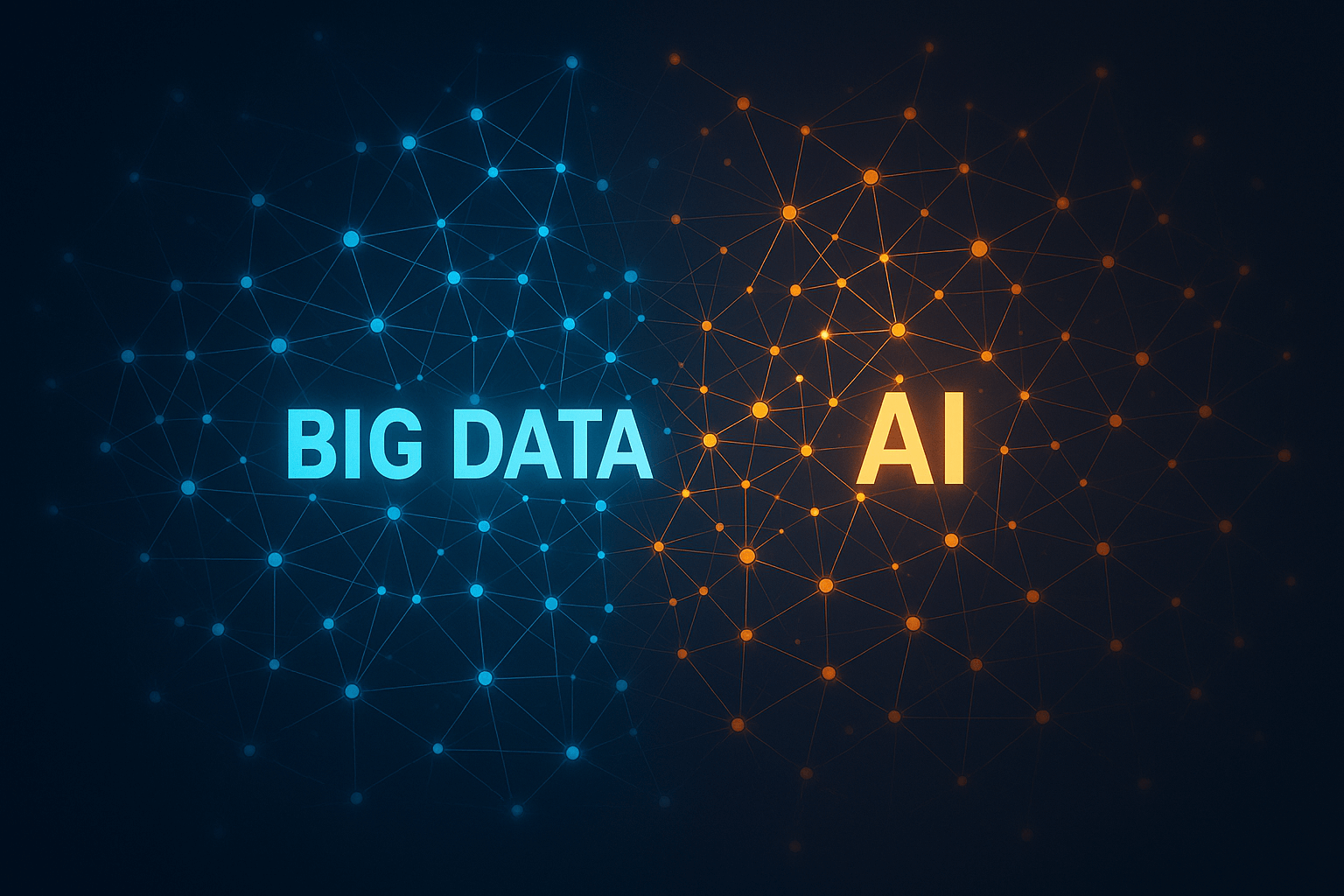

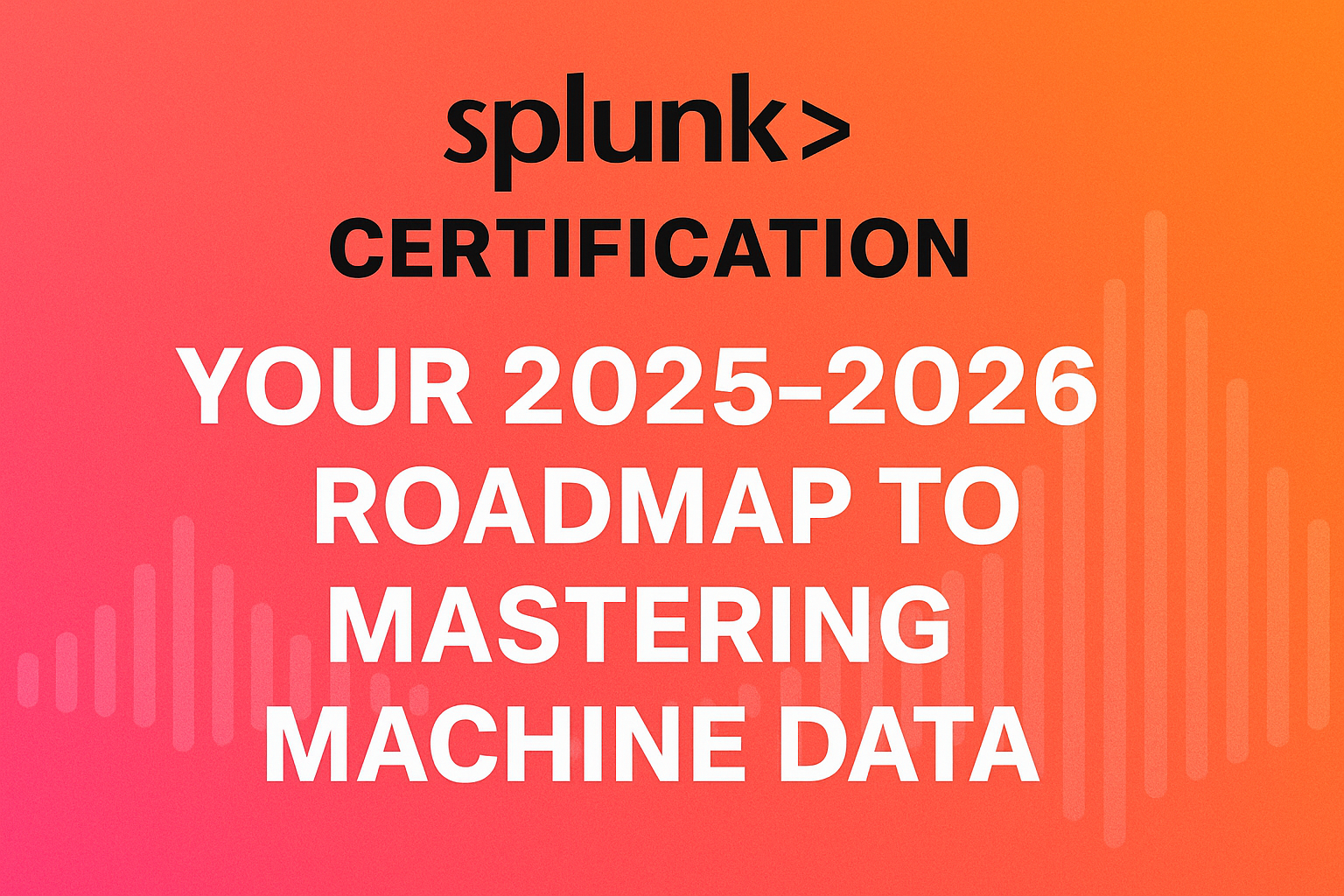
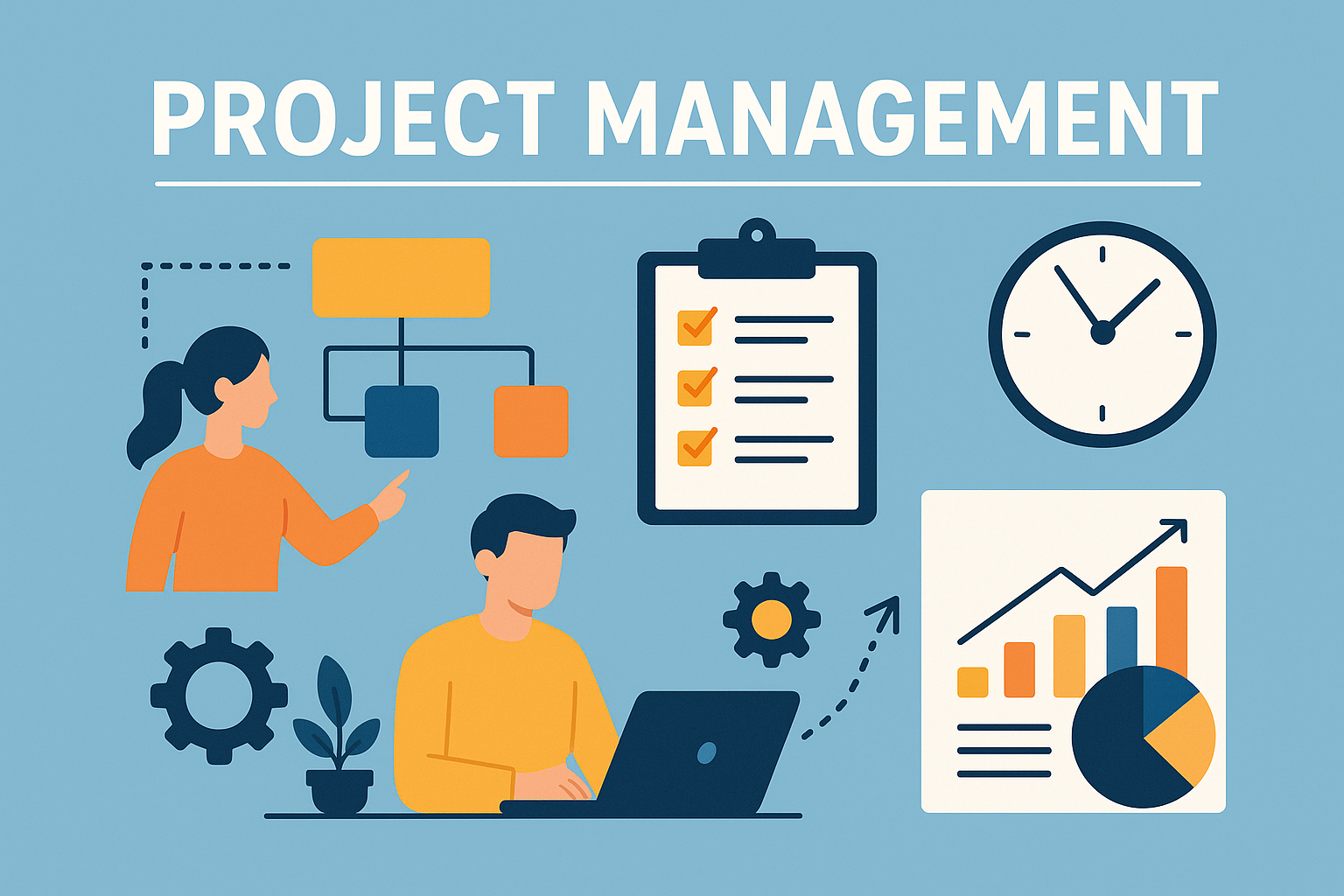
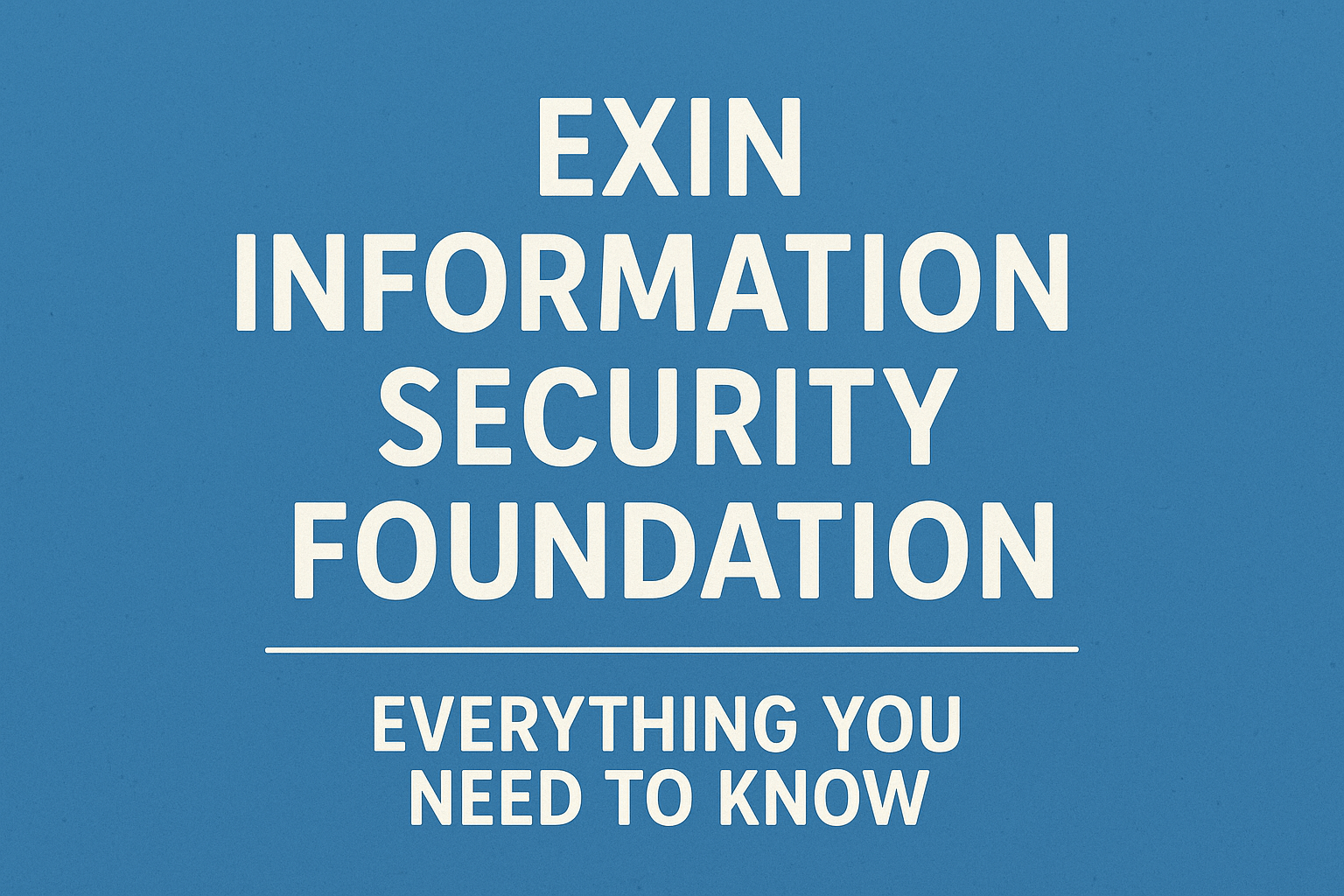


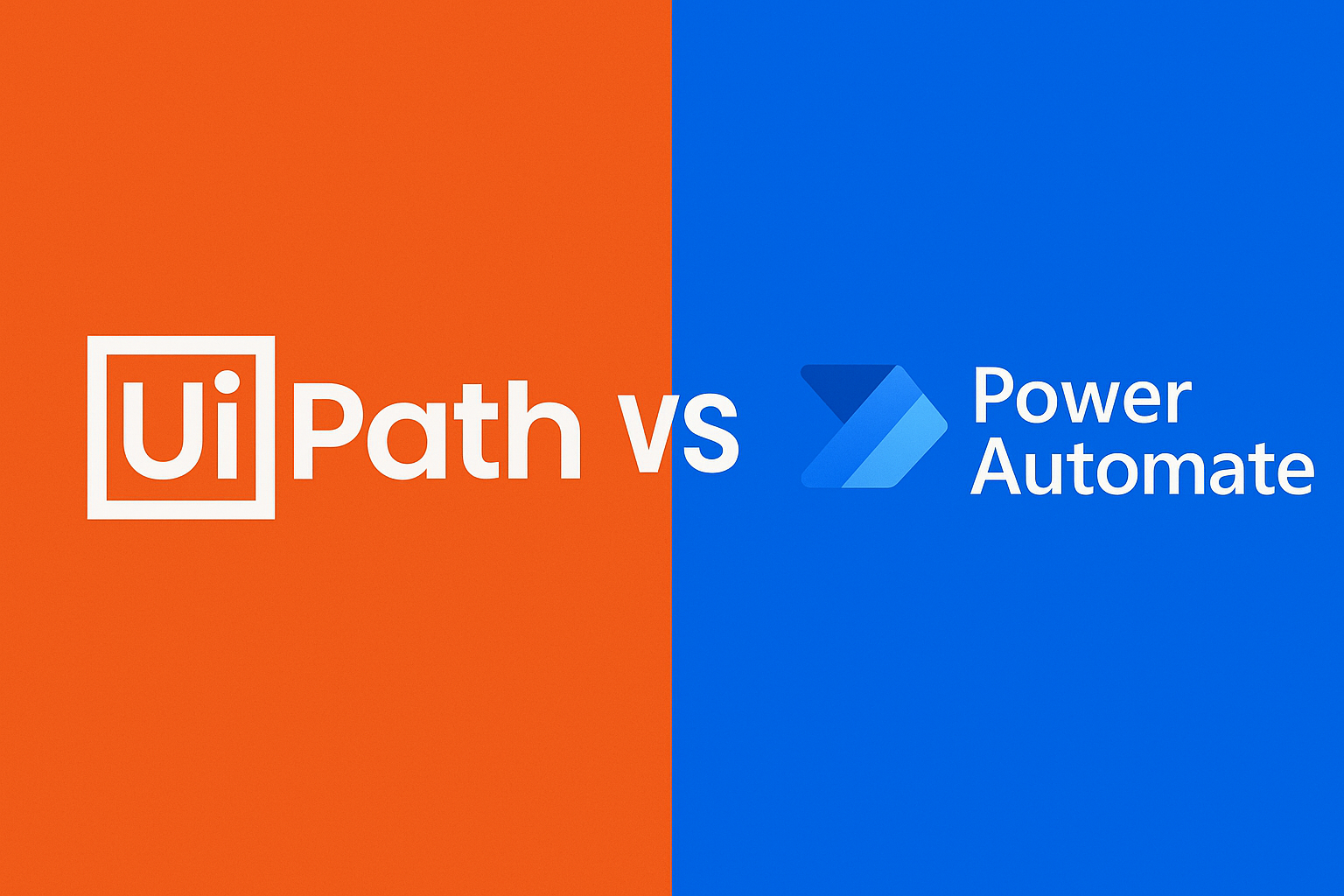
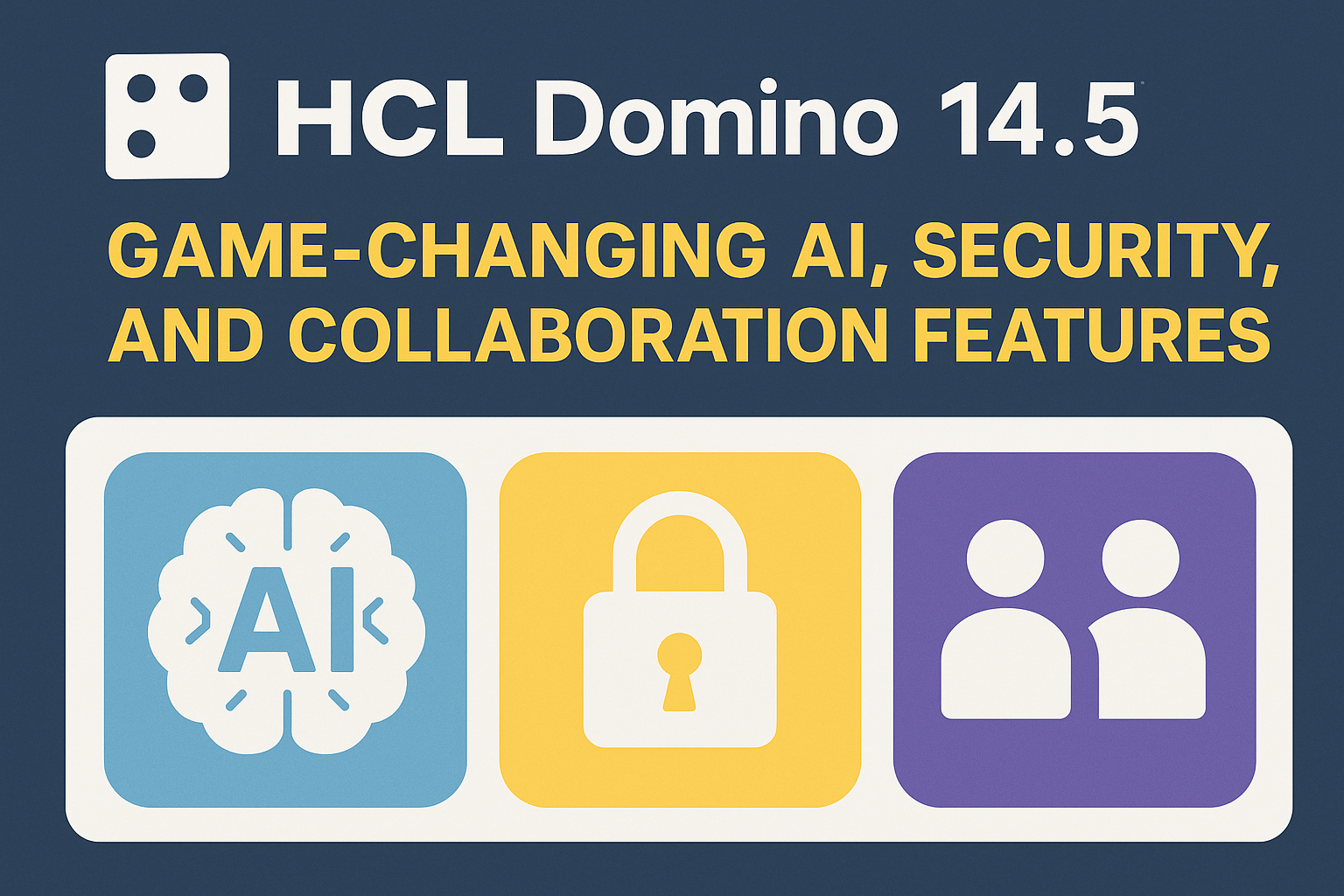
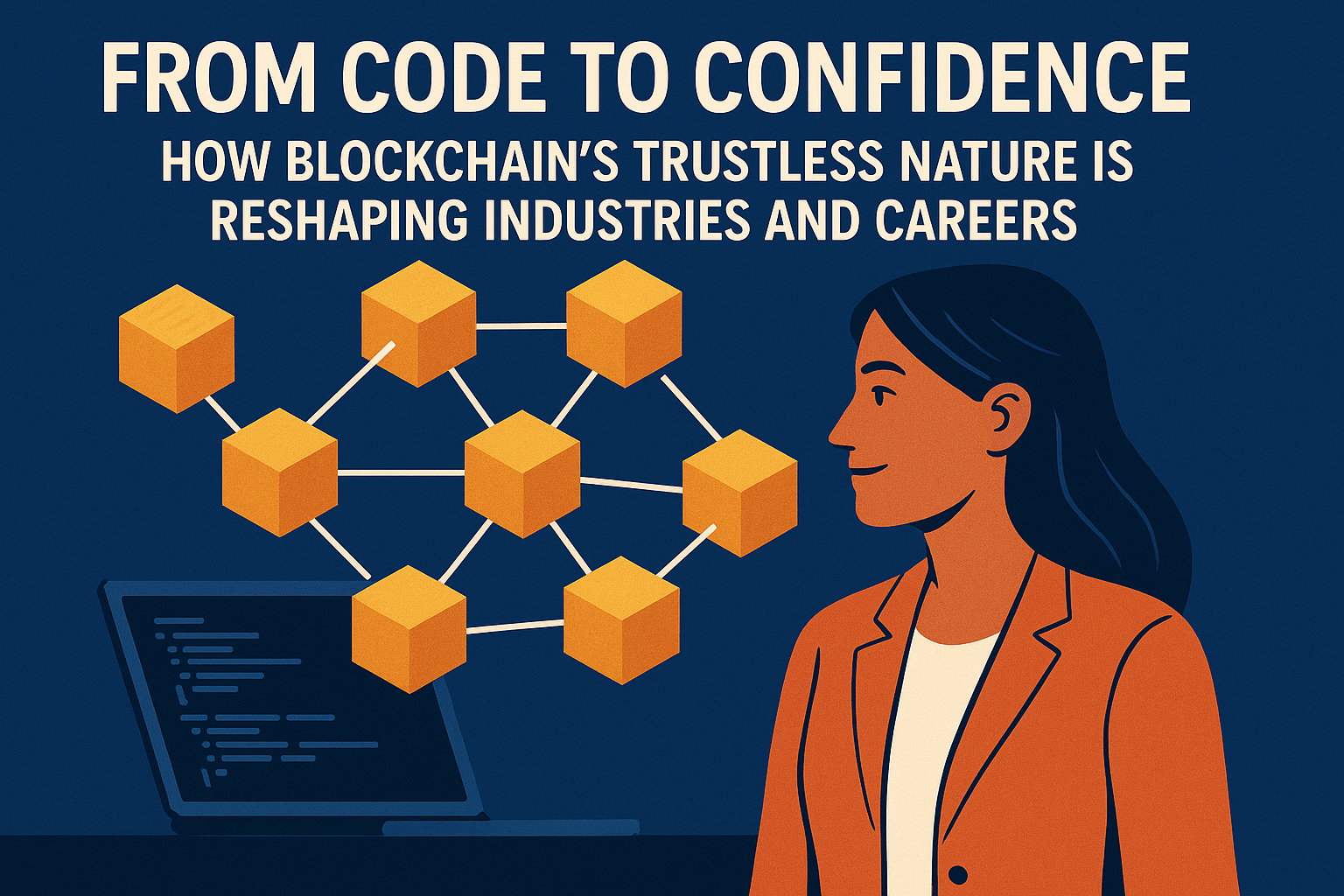


Write a comment ...